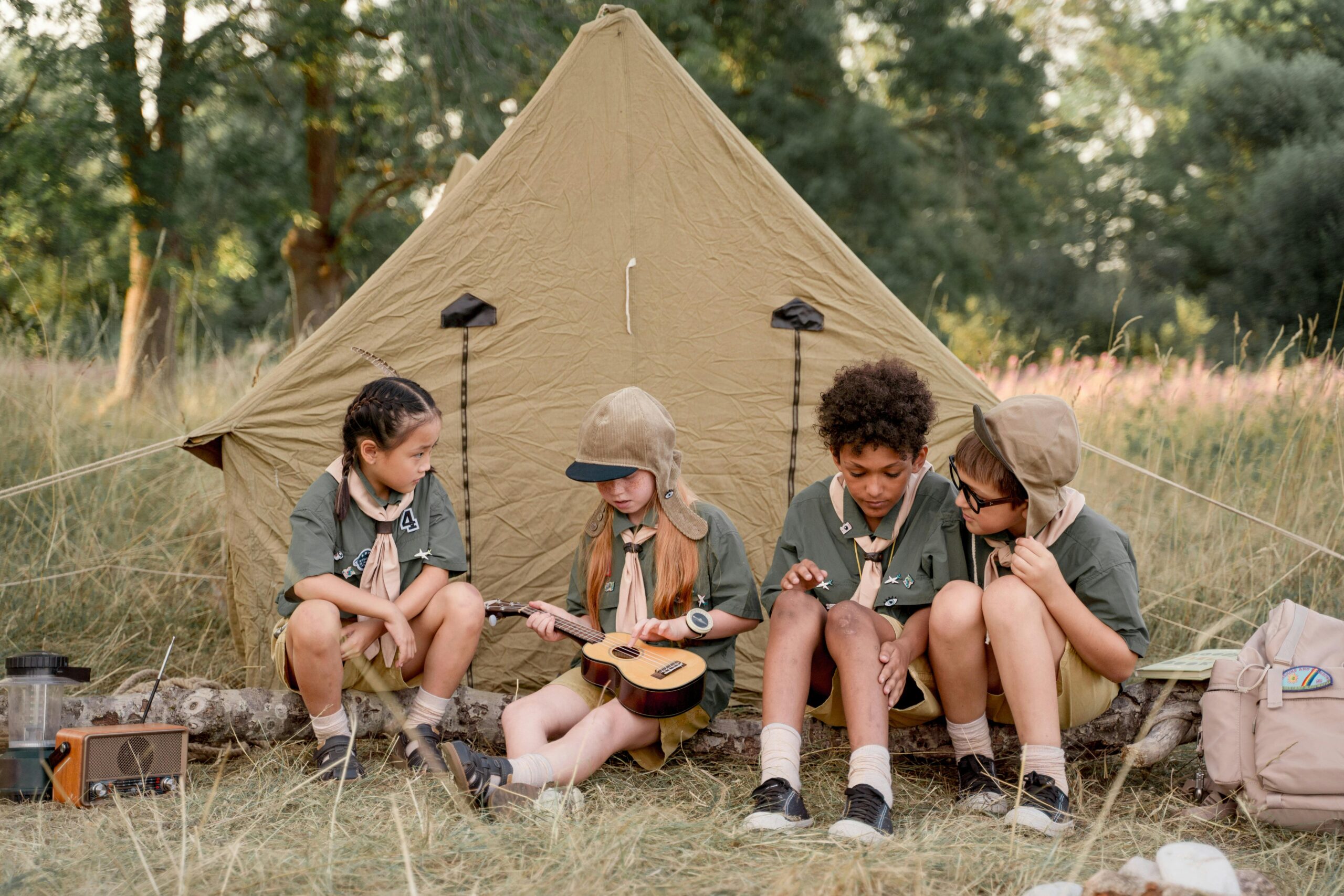Rise in First Aid Incidents on Hiking Trails Sparks Safety Concerns
Introduction
A recent surge in first aid incidents on hiking trails has raised significant safety concerns among outdoor enthusiasts and park authorities. The alarming trend underscores the importance of proper preparation and awareness when venturing into the wilderness. This article aims to educate readers on the key factors contributing to these incidents and provide practical tips to mitigate these risks.
Understanding the Risks
Inadequate Preparation and Venturing Off Marked Trails
Studies indicate that many hiking accidents occur due to inadequate preparation and lack of understanding. Venturing off marked trails and underestimating extreme weather conditions are among the primary factors contributing to these incidents. For example, from 2011 to 2015, park rangers assisted over 300 hikers annually, with a noticeable increase in incidents when temperatures exceeded 100 degrees.
Essential Supplies for Safe Hiking
Carrying the Right Gear
To mitigate these risks, hikers are advised to carry essential supplies such as water, food, maps, first-aid kits, and spare clothing. A well-equipped first aid kit should include bandages, antiseptic, painkillers, and trekking-specific items, like altitude sickness medication.
The Importance of Planning and Preparation
Planning Your Route and Checking Weather Conditions
Planning your route and checking weather conditions are crucial steps in ensuring safety. Tools such as GPS devices equipped with weather alerts and reliable weather apps like AccuWeather and Windy can help hikers stay informed.
Safety Tips for Hikers
Practical Advice for Safe Hiking
- Familiarize Yourself with Park Rules: Understand park regulations and check for updates before your hike.
- Travel in Groups: Whenever possible, hike with a group to enhance situational awareness.
- Carry Safety Essentials: Include a phone, medications, inhalers, sunscreen, first aid kit, trail map, and whistle in your backpack.
- Stay Informed: Use reliable weather apps and GPS devices to stay updated on weather conditions.
- Be Prepared for Emergencies: Know basic first aid techniques and carry a well-stocked first aid kit.
Conclusion
In conclusion, the rise in first aid incidents on hiking trails highlights the need for proper preparation and awareness. By understanding the risks, carrying essential supplies, planning your route, and following safety tips, hikers can better navigate the challenges of the outdoors and reduce the likelihood of accidents.
References:
- Why as a Trekker you Need to Take Safety More Seriously. Adventures of a Goodman. https://adventuresofagoodman.com/why-as-a-trekker-you-need-to-take-safety-more-seriously/
- First Aid. Outdoors Queensland. https://outdoorsqueensland.com.au/industry/first-aid/
- Trail Safety. Blue Ridge Parkway (U.S. National Park Service). https://www.nps.gov/blri/planyourvisit/trail-safety.htm
- San Antonio volunteer stresses importance of safety after tragic park incident. Fox San Antonio. https://foxsanantonio.com/news/local/san-antonio-volunteer-stresses-importance-of-safety-after-tragic-park-incident
- What Search and Rescue Teams Wish Trail Runners Knew. Outside Online. https://run.outsideonline.com/trail/get-home-safe-what-search-and-rescue-teams-wish-trail-runners-knew/










